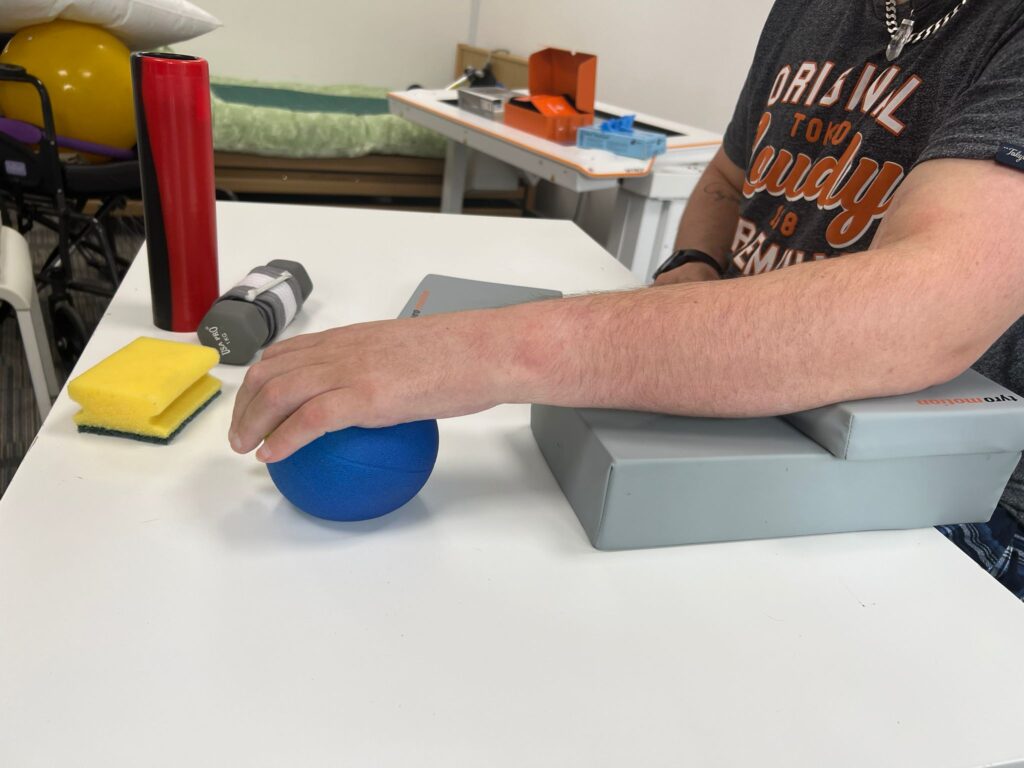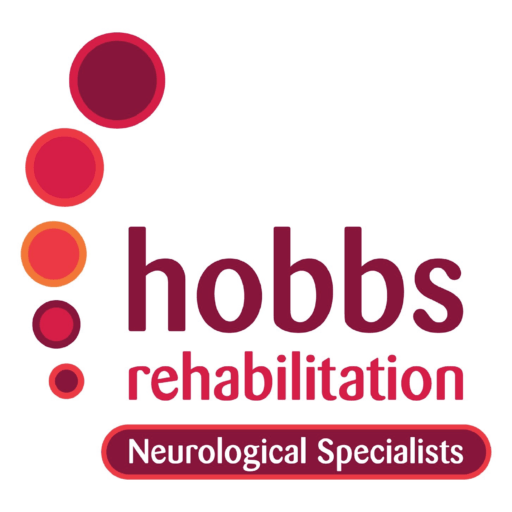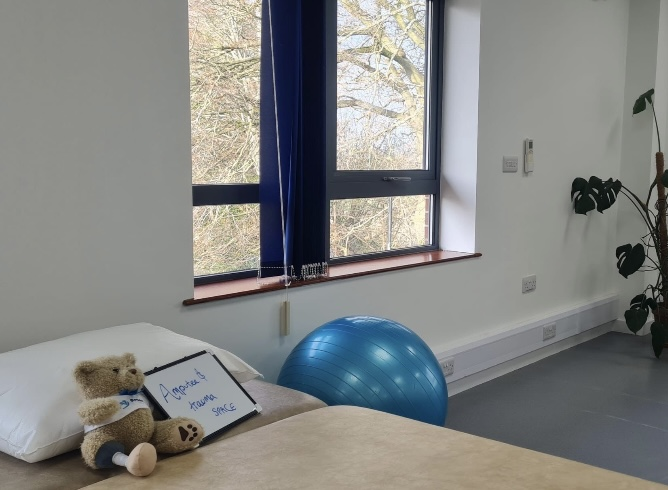Hobbs Rehabilitation’s specialist Amputee and Trauma service is based at the heart of our Intensive Neurotherapy Centre in Bristol. Our intensive interdisciplinary approach supports both upper-limb and lower-limb amputee rehabilitation, covering all stages throughout a person’s rehabilitation journey.
Experienced therapists create personalised rehabilitation plans, combining hands-on therapy with advanced neurotechnology, prosthetics and/or orthotics from leading providers to meet each patient’s unique goals.
In this piece, we’re excited to share insights from Caroline Hardman, our Specialist Neurological and Amputee Physiotherapist, who has been a driving force behind the development and success of our Amputee and Trauma service, led by Mark MacIntosh.
Caroline Hardman: My Personal Experience in Amputee and Trauma Rehabilitation
Part 1: Neurotechnology

It’s been a really great start to the Amputee and Trauma service which was launched last summer, particularly as we’ve seen continuous advancements in the neurotechnology we integrate into our treatments.
We’ve been making the most of the latest neurotechnology we have at our disposal here at the Bristol clinic within our amputee treatments.
I have always been a slight sceptic over using the treadmill with the amputee users, especially when they are first up and walking, or changing their prosthetic componentry.
In the past, I’ve had amputee patients describe the treadmill as ‘the floor moving away from under my feet’, or ‘the consistent speed of the treadmill stopping me getting into my groove when walking’. This is often because their cadence will change at the beginning, slowing down then speeding up – the treadmill makes this harder to do naturally.
However, we have the luxury of using the C-Mill VR+, provided by Summit Medical and Scientific. This unique neurotechnology treadmill system stands out from ordinary treadmills for several key reasons. Firstly, because it has a hardness to prevent falls, giving the patient confidence and encouragement to take the first step, and also allows us therapists to really test the limits and challenge our patients further.


Even more excitingly, the C-Mill VR+ can project images onto the treadmill itself, which enables us access to different rehabilitation games, a really great benefit that motivates the patient and keeps them engaged. My favourite so far is the ‘stepping stones’ game, which projects light boxes where the patients are stepping. We can then manually adjust where these light boxes are – so they can extend their stride length or narrow their base of support and even more!
In this video, you can see the prosthetic limb wearer starts with a reduced stance phase on the prosthetic side, resulting in a shorter step length of his right limb.
However, I extend the step length on the right, and shorten the left length, and over the next few steps he manages to step on light boxes, allowing access to a more symmetrical gait pattern.
Using this neurotechnology as an adjunct to our normal everyday prosthetic physiotherapy has been great, and has enabled our patients to feel what equal stride lengths should feel like, and how to put them into a more functional setting in their everyday life.
Part 2: Hands-On Therapy
Amputee and trauma physiotherapy isn’t just about getting someone walking with a normal gait pattern. Although, this is one of my favourite parts – I love gait analysis and working out if it’s a physio or prosthetic fault which is causing the altered gait pattern. But no, it’s looking at the patient as a whole, just like you would do in neurological or MSK (musculoskeletal) physiotherapy.
I have been treating a couple of people recently where the focus of our physiotherapy sessions is not their prosthesis, or even their residuum, but it’s their back, or specifically, the lack of movement in their back, which is their limiting factor. Particularly, the lack of movement in the back, and the inability to move the pelvis separately from their spine and hip. I have seen that this results in them moving their back, pelvis, shoulder girdle, and residuum as one, which can make mobility hard.

So what can we do?
Go back to basics; crook lying, pelvis tilts, trunk rotations, stretches, bridging. I work on disassociating the different movements from each other.
Amputee and trauma rehabilitation is important work, and going back to the basics, despite it feeling like a backwards step because we aren’t focusing on gait patterns, is a crucial step in the rehabilitation process. I have a way of describing it: we are bypassing the problem – by addressing it, we can unlock a new level and progress further.
Closing Thoughts
Hearing Caroline share her insights and experiences as a Specialist Neurological and Amputee Physiotherapist at Hobbs Rehabilitation has been truly enlightening.
It’s inspiring to see how integrating traditional amputee and trauma rehabilitation approaches with cutting-edge neurotechnology, like the C-Mill VR+, can transform a patient’s recovery journey, helping them reach their full potential.
If you’d like to learn more about our Trauma and Amputee service, or how we can support your rehabilitation progress, please complete the contact form on our website.

